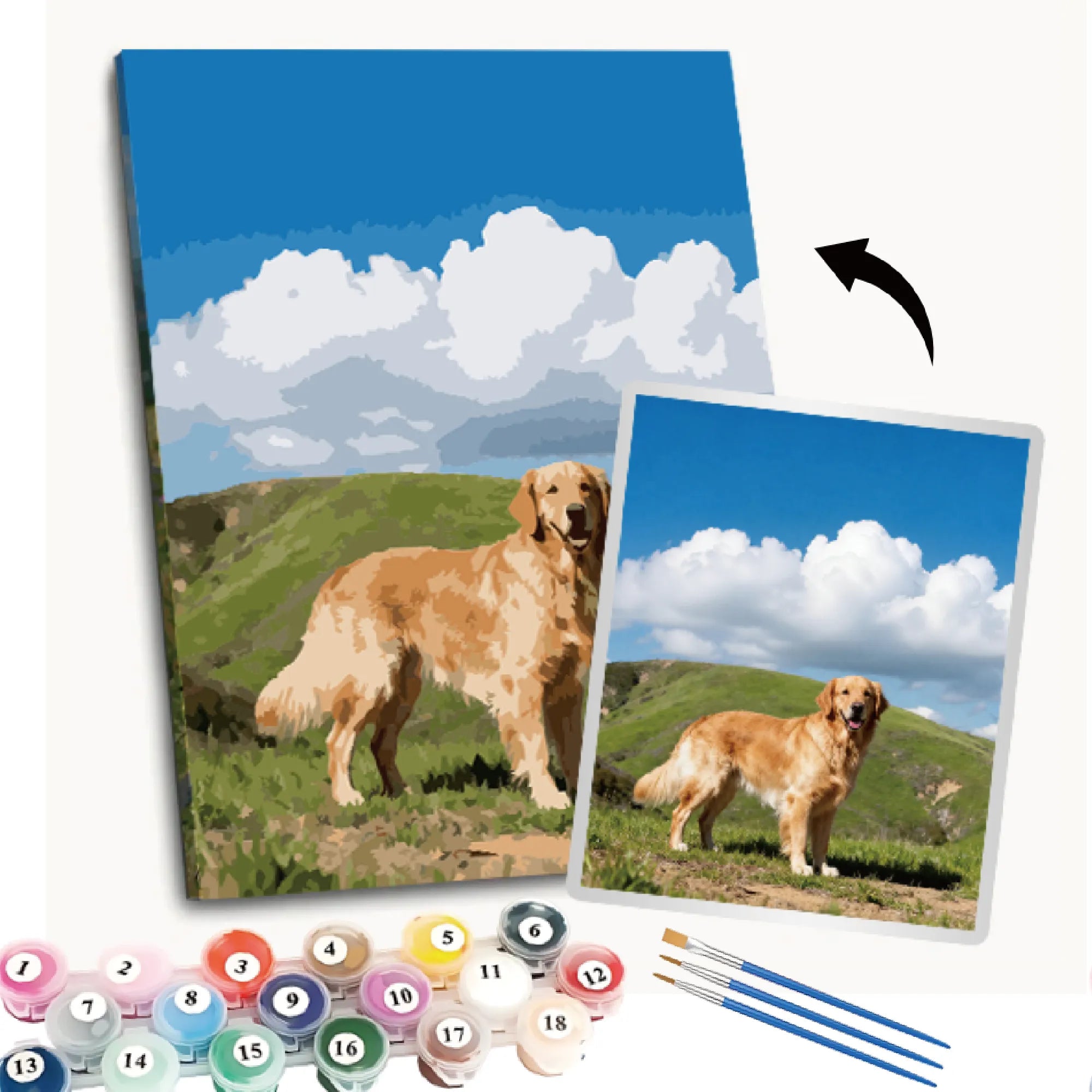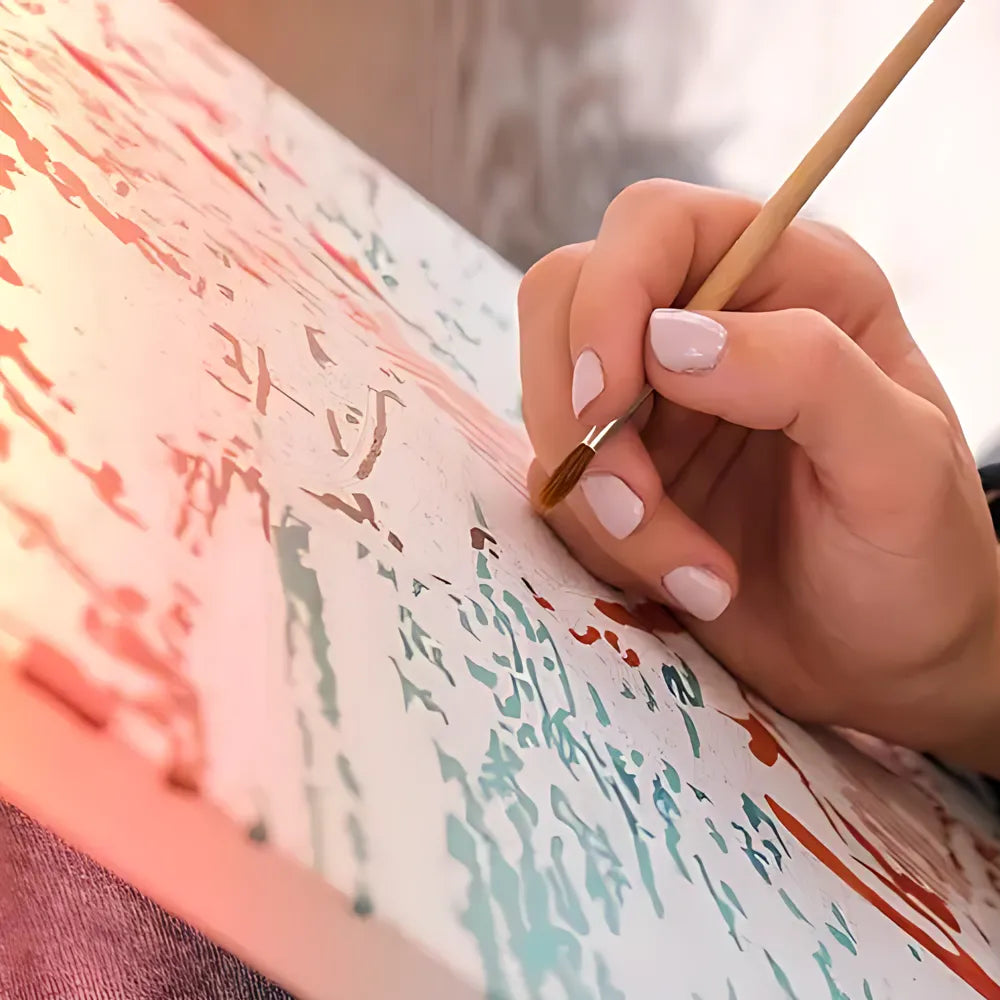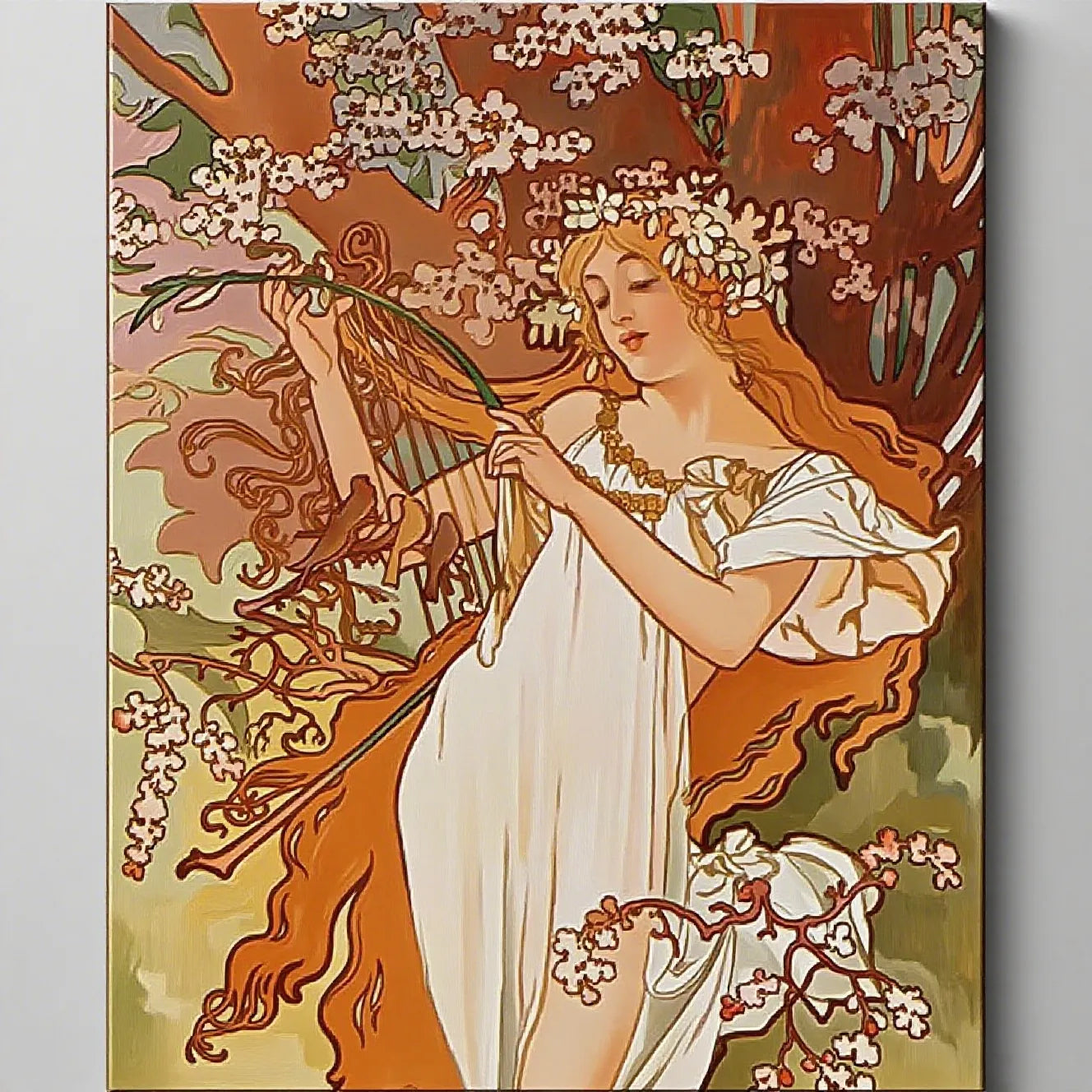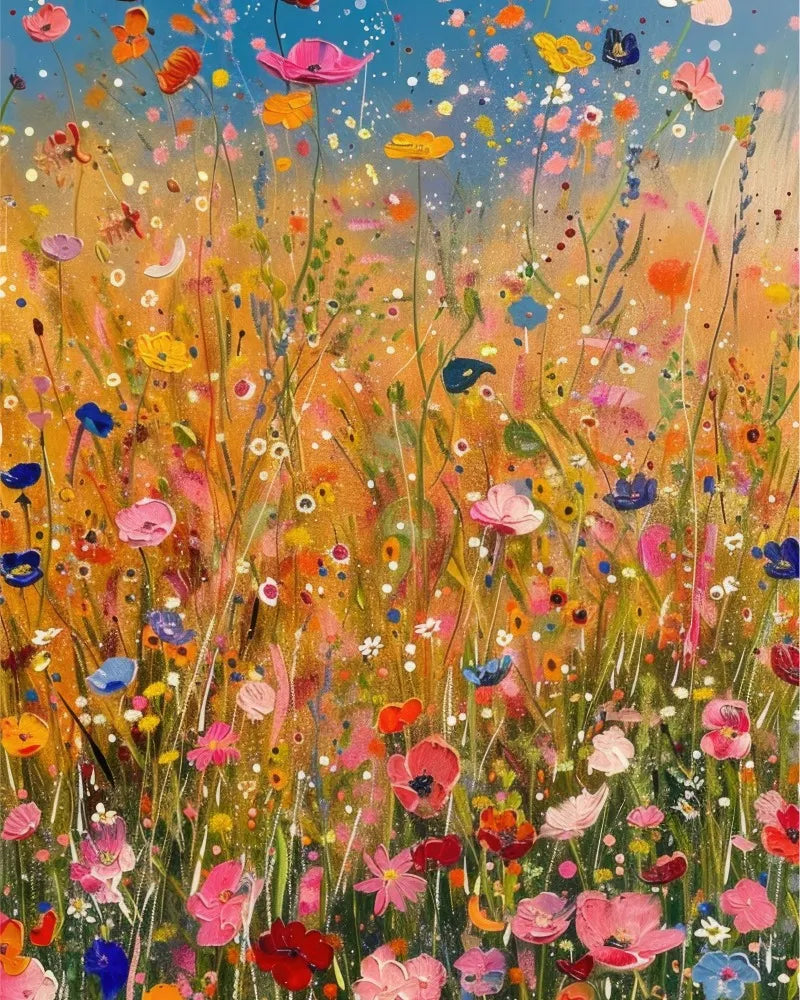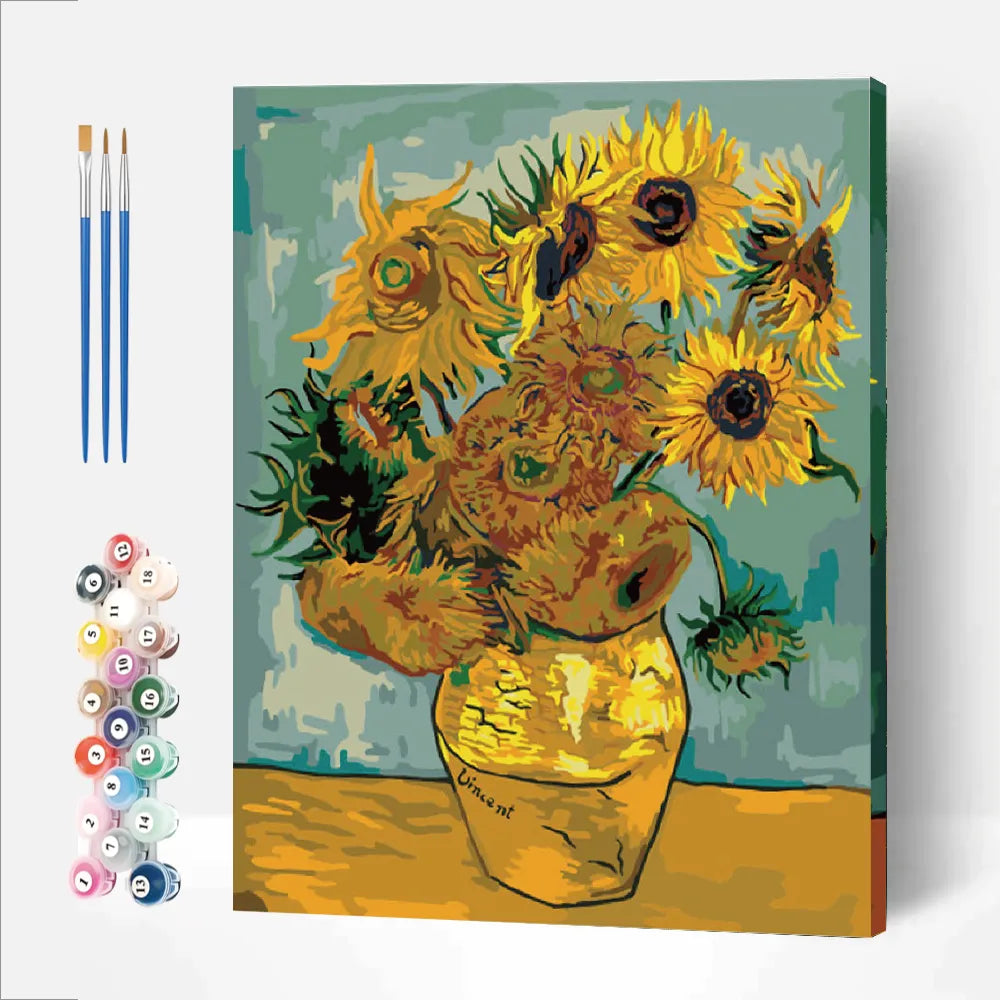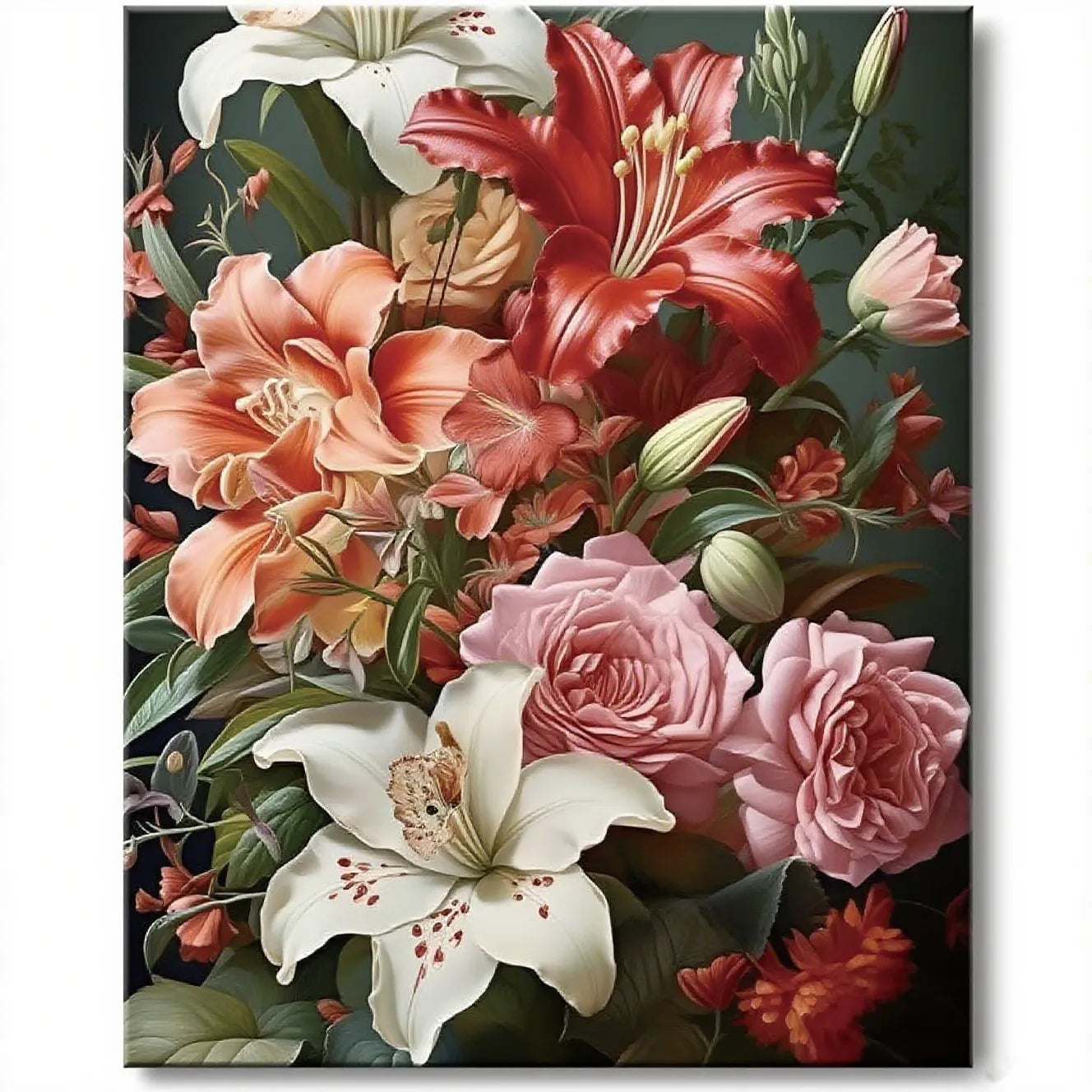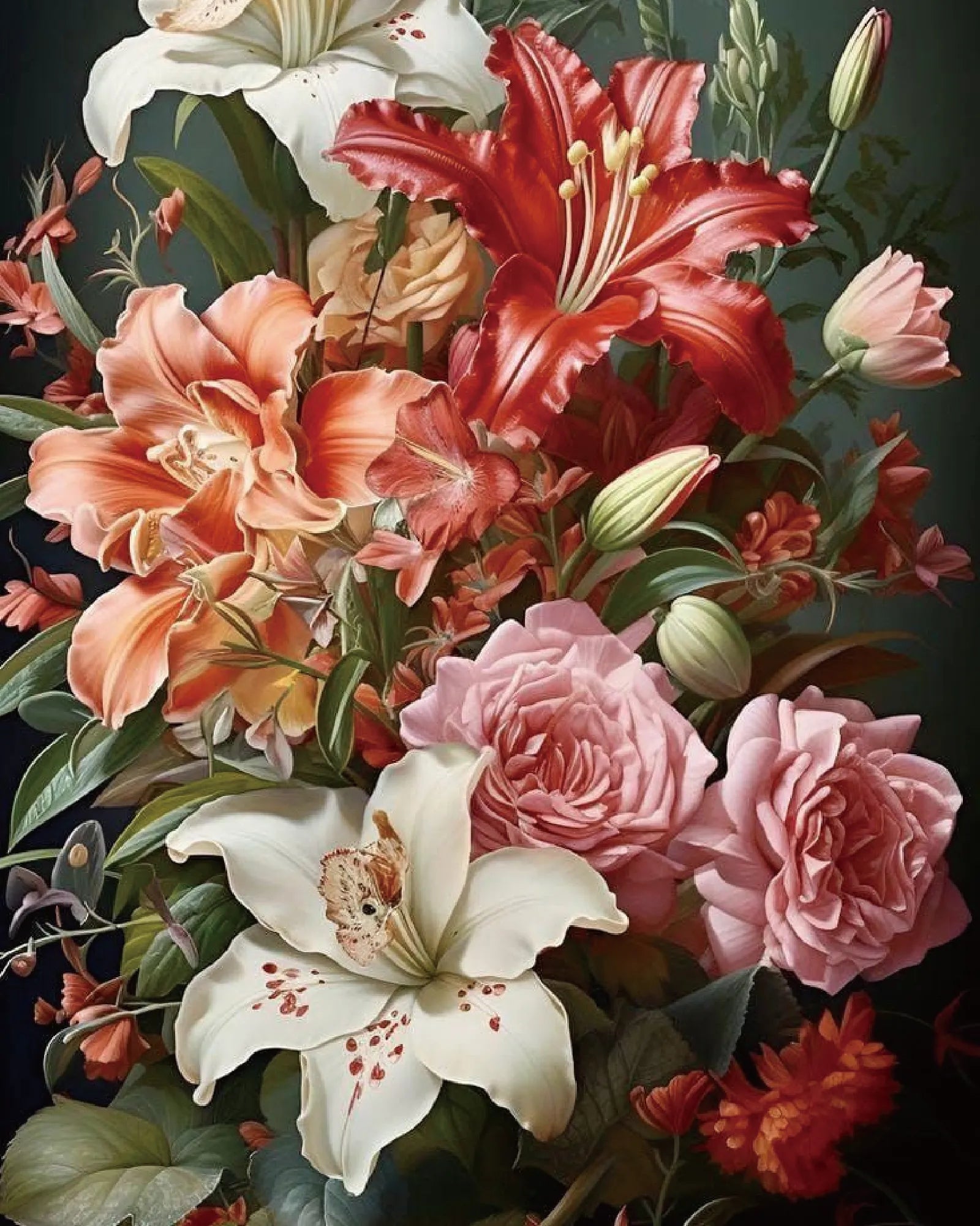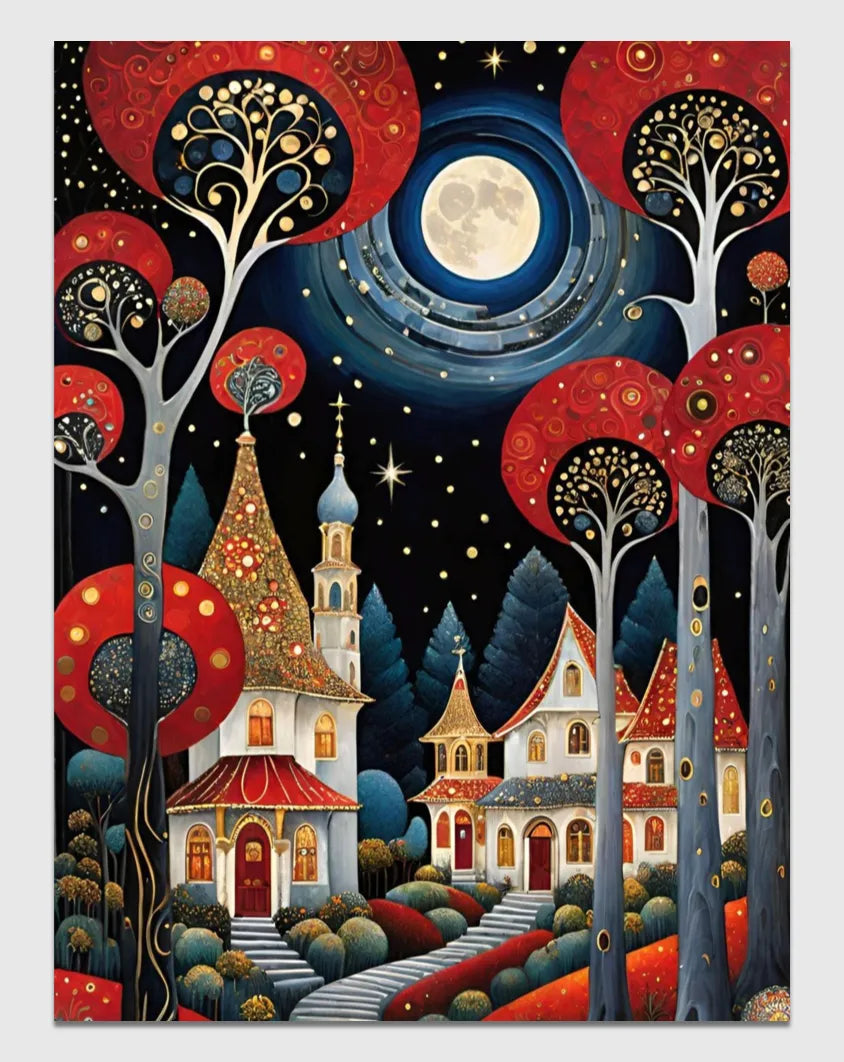Fluid acrylic is taking the art world by storm, and for good reason! This versatile medium offers endless opportunities for creative expression, whether you're a seasoned artist, an art student, or a hobbyist wanting to try something new. But what exactly is fluid acrylic, and how can you incorporate it into your artistic practice?
This guide is here to unpack everything you need to know about fluid acrylic paints. We'll explore how this medium is different from other types of acrylics, how to make your own liquid acrylic, some fascinating pouring techniques, and the supplies you'll need to bring your visions to life. Let's get started!
What Is Fluid Acrylic?
Fluid acrylic, also known as acrylic liquid or liquid acrylic paint, is a specially formulated version of acrylic paint with a thinner consistency. Unlike traditional acrylics, which are thick and paste-like, fluid acrylics maintain the same vibrant pigments but flow freely, making them perfect for techniques like pouring, glazing, and staining.What makes fluid acrylic unique is its ability to hold pigment saturation even when mixed with water or pouring mediums. This creates bold, striking colors with a glossy finish. Whether you're experimenting with abstract art or refining your landscapes, fluid acrylic can help you achieve incredible effects.
What Are Fluid Acrylic Paints Used For?
- Acrylic Pouring
Fluid acrylic is the go-to for acrylic pouring, where the paint is poured onto a canvas to create beautiful, marbled designs.
- Fine Details
Its smooth, consistent flow is ideal for detailed paintings, like intricate patterns or delicate highlights.

- Layering Glazes
Artists can use fluid acrylic to build up transparent layers for depth and dimension in their work.The possibilities are endless!

Fluid acrylics are perfect for paint by numbers kits, as their thin consistency allows for smooth coverage and easy blending of colors.

- Mixed Media Art
Fluid acrylic can be used in a variety of mixed media projects, fromcollagese to resin art. Its versatility and compatibility with other mediums make it a favorite among artists.

- DIY Crafts
Whether you're creating unique home decor or customizing clothing and accessories, fluid acrylics are a great choice for all kinds of DIY crafts.

Different Types of Acrylic Paint
When selecting acrylic paint for your next project, it helps to understand the different types available. While fluid acrylics offer unique advantages, other options might be better suited for certain techniques.
1. Heavy Body Acrylics
These are thick, rich acrylic paints with a creamy consistency, perfect for artists who love to experiment with texture. Their thickness allows for visible, sculptural brushstrokes and works beautifully with palette knives to create dramatic effects. They hold their shape well on the canvas, making them ideal for bold, three-dimensional designs.
Best for: Impasto techniques, textured art, bold strokes, and layering.
2. Soft Body Acrylics
Smoother and more fluid than heavy body acrylics, these paints provide excellent coverage without being overly thick. Their softer consistency makes them versatile for both detailed work and more delicate techniques. They are easy to blend and work well for creating smooth gradients or transparent glazing effects.
Best for: Fine details, seamless blending, glazing, and creating softer textures.
3. Fluid Acrylics
Fluid acrylics have a consistency closer to liquid ink but maintain the same rich pigmentation as thicker acrylics. They flow effortlessly, making them perfect for techniques that require precision and control or even free-flowing, abstract designs. They are commonly used in pouring techniques or to create fine, intricate linework.
Best for: Acrylic pouring, staining, detailed line work, and controlled drips.
4. Acrylic Ink
Acrylic ink is ultra-fluid, extremely pigmented, and designed for use in creative tools like pens, markers, or airbrush systems. Its thin consistency makes it ideal for artists who love precision work or bold, vibrant washes of color. Acrylic ink dries quickly and can be used for layering or creating sharp, defined edges.
Best for: Calligraphy, spray art, ultra-thin glazing, and mixed-media projects.Choosing the right type of acrylic depends on the style and technique you want to explore. If you're all about flow and vibrant color, fluid acrylic paints are the perfect choice!
How to Make Liquid Acrylics Yourself?
While you can buy high-quality fluid acrylics from brands like Golden or Liquitex, making your own liquid acrylic at home is both simple and budget-friendly.
Supplies You'll Need:
- Heavy body acrylic paint
- Acrylic medium (like Gloss Medium or Pouring Medium)
- Distilled water
- A mixing container and stir stick
Step-by-Step Instructions:
- Prepare the Acrylic Medium
Begin by pouring the acrylic medium into a mixing container. This will act as the base to thin your paint while maintaining its integrity.

- Incorporate the Acrylic Paint
Gradually add small amounts of heavy body acrylic paint to the medium. This ensures the mixture remains vibrant and pigmented without becoming overly thick.
- Blend Until Smooth
Stir the mixture thoroughly until it reaches a smooth, even consistency. Make sure there are no lumps or clumps of paint.

- Adjust with Distilled Water
For additional fluidity, add a few drops of distilled water as needed. Be cautious not to overdo it, as excessive water can compromise the paint’s binding properties.Voila! You've just made your very own fluid acrylic paint. Once you've got the hang of it, you can experiment by mixing different colors and consistencies to create your masterpiece.
Fluid Acrylic Techniques
Now that you understand the medium, let's explore some techniques that will help bring your acrylic pours and paintings to life.
1. Dirty Pour
Combine multiple fluid acrylic paints into a single cup before pouring it onto the canvas. This technique creates mesmerizing marble-like effects.
2. Swipe Technique
Pour fluid acrylic onto the canvas, then use a tool (like a palette knife or squeegee) to swipe the paint and reveal underlying layers.
3. Puddle Pour
Pour one color at a time into "puddles" on the canvas to create concentric rings or layered effects.
4. Drip Art
Allow fluid acrylic to drip naturally down a vertical surface for an organic, flowing effect.Each of these techniques offers endless opportunities for experimentation and creative expression.
The Right Supplies for Wet Art
Choosing the right supplies is crucial for successful fluid acrylic art. Here's what you'll need to get started:
1. Fluid Acrylic Paints
Opt for quality brands like Liquitex or Golden for the best results.
2. Pouring Medium
This helps thin out the paint while retaining its pigment and preventing cracks in the artwork.
3. Canvas or Surface
Sturdy surfaces like stretched canvases or wood panels work best to support the weight of fluid acrylic.
4. Tools
Stock up on palette knives, plastic cups, stir sticks, and droppers for easy mixing and application.
5. Protective Supplies
Lay down plastic sheets or tarps to protect your workspace, and don't forget gloves for your hands!Being prepared with the right tools allows you to focus on your creative process and ensures stunning results every time.
What If the Acrylic Paint Get On Your Cloth
If the acrylic paint get on your cloth by accidently, you will need to handle it carefully to protect your cloth, you can refer the guide here to learn how to deal with this situation.
Bring Flow and Vibrancy to Your Art
Fluid acrylic is a fantastic medium for artists looking to explore bold, creative possibilities. Whether you're intrigued by the elegance of a dirty pour, excited to craft your own vibrant paints, eager to perfect your glazing, or even inspired by the structure of paint by numbers, fluid acrylics provide all the tools you need to bring your vision to life.Remember, every masterpiece begins with experimentation. Gather your supplies, try out the techniques mentioned above, and watch your imagination take shape on the canvas. Start your fluid acrylic adventure today and discover why so many artists are falling in love with this dynamic medium!





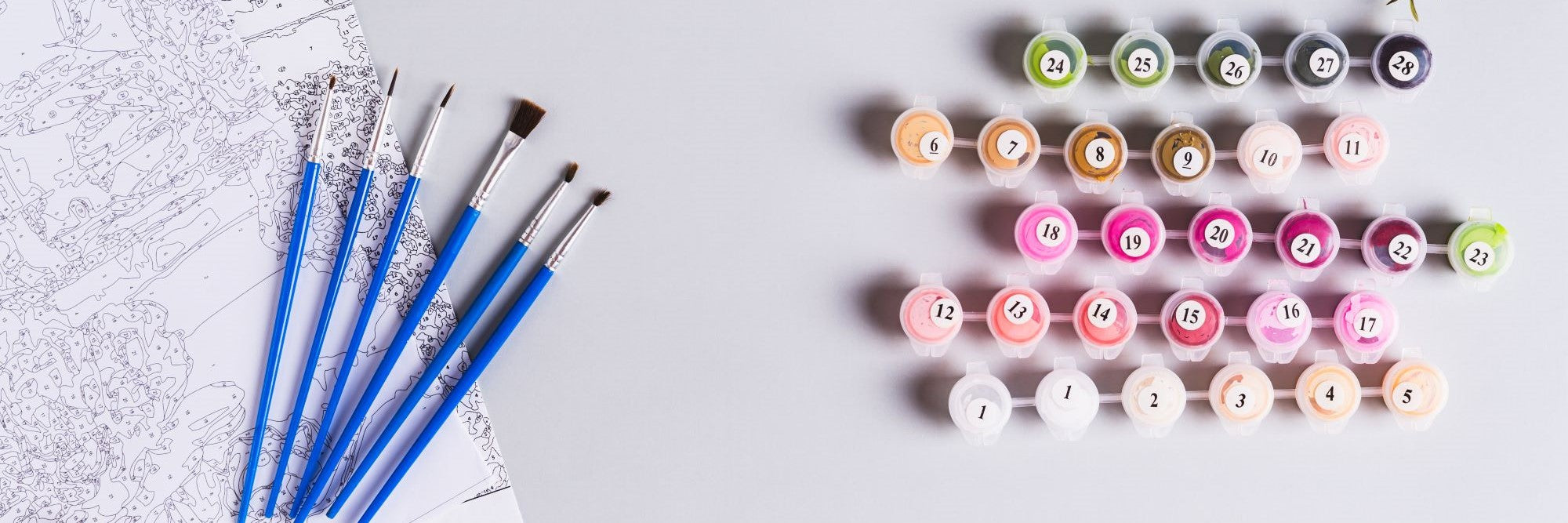




 https://1001canvas.com/blogs
https://1001canvas.com/blogs
